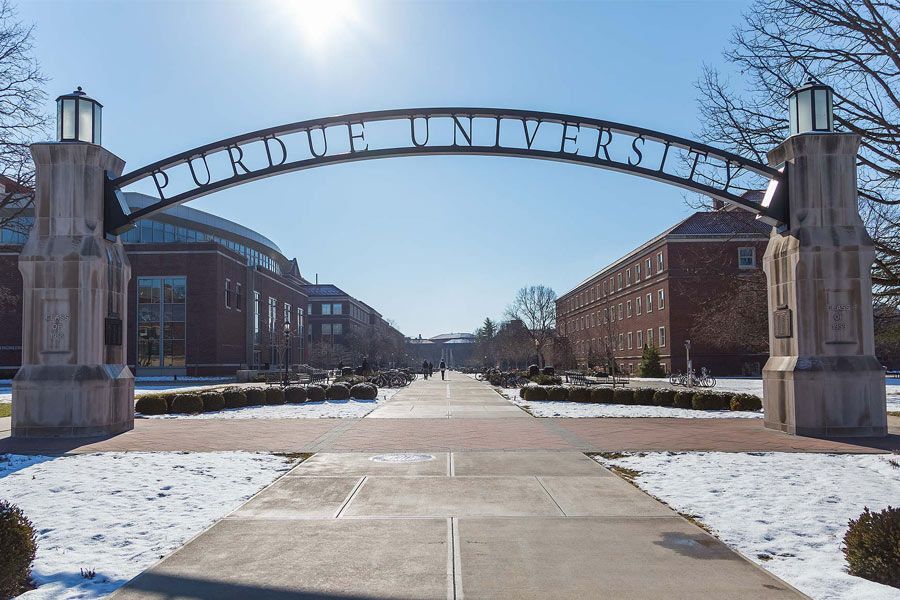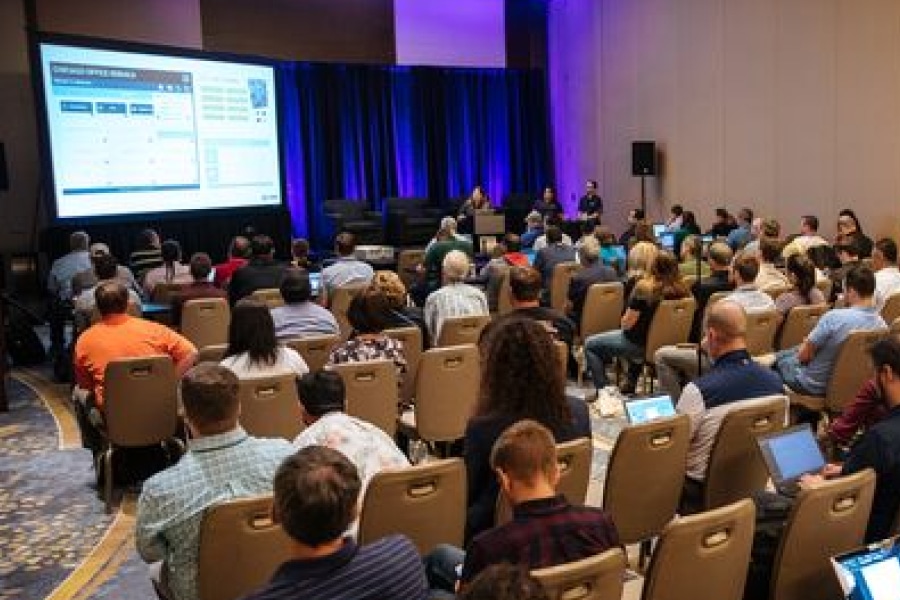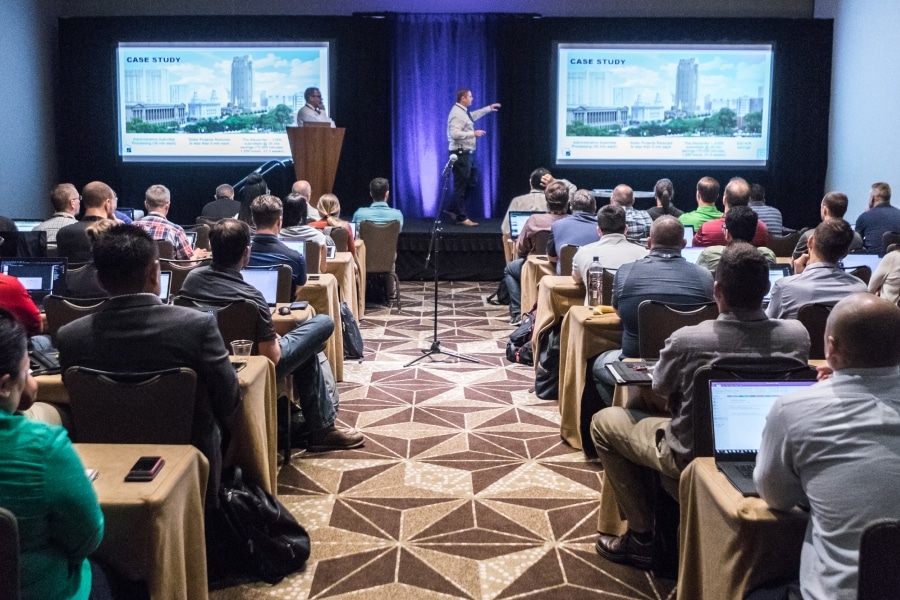Industry and Academia Bridge the Gap for Young AEC Talent
Partnerships are often defined by the mutual benefits each receives from working with the other. The best partnerships provide sustainable and differentiating value to all involved. Such is the case in the AEC (architecture, engineering and construction) industry with general contractor Barton Malow and Purdue University. More than 80% of general contractors have difficulty finding qualified workers, especially project managers, estimators and engineers.1
This union best exemplifies how industry and academia can work together to address one of AEC’s biggest looming challenges: More than 80% of general contractors have difficulty finding qualified workers, especially project managers, estimators and engineers.1 Barton Malow’s partnership with Purdue enables the firm to attract some of the best young talent in the industry.
Purdue’s engineering program is consistently ranked as one of the top programs in the nation—in fact, the school’s civil engineering department was recently ranked number one in the world.2 This is due in part to innovative partnerships like the school has with Barton Malow, which create a direct talent pipeline to the AEC industry. Purdue is especially successful at job placement.3 “We’ve been very successful over the past 30 years with internship placement. But, more exciting is that over our nearly 40 years of existence, we’ve had 100% job placement,” says Brandon Fulk, Purdue’s Construction Engineering and Management Director of Internships.
How the Partnership Works
“Several years ago in construction management, a new hire would take two years to figure out the processes to be productive on the job. Now, we’re down to about a month.”
Barton Malow has helped shaped what has become the school’s Construction Engineering and Management Program (CEM), in part by having representation on the program’s advisory committee. Offering curriculum ideas and insight from an industry perspective helps to ensure that what is taught in the classroom is applicable in the field. “Several years ago in construction management, a new hire would take two years to figure out the processes to be productive on the job. Now, we’re down to about a month,” says Clark Cory, Associate Professor of Computer Graphics Technology at Purdue.
The Alumni Factor
Associate Professor Cory is a technology champion for the school, and leverages the latest construction technologies within the classroom to prepare Purdue students to be as field-ready as possible. He stays informed in part because of Purdue alumni like Barton Malow senior project engineer Taylor Friebertshauser Bagby, who invest time to speak with students and show them the latest jobsite technology such as Bluebeam Revu, a PDF creation, editing, markup and real-time collaboration solution that 92% of US contractors use.
Sharing this knowledge allows Cory, who is tirelessly dedicated to preparing students for AEC careers, to provide the most up-to-date education for his students. “It evolves the curriculum almost yearly,” he says with a smile. “By that I mean there’s always something changing in the curriculum. So if I can keep up to date with what the industry is doing, and try to bring it back to the classroom, then I think it’s beneficial.” The information also helps both Cory and Fulk get the buy-in necessary for Purdue to standardize construction technology in the classroom, which provides a better and more relevant hands-on education and experience for each student within the CEM program.
The Power of Three Internships
Purdue uses a three-internship system for students, which increases their job placement opportunities three-fold. “Our young people, after they’ve had one tour as a freshman on a jobsite, say ‘how can I get engaged in that?’”
The process begins when students are freshmen within the CEM program. “When you can get out of the classroom and spend two to three hours with your student and industry representatives on an actual jobsite, what we’re able to learn is invaluable because the students can use the experience as applicable knowledge,” says Fulk. Having an early glimpse at different career paths within the industry also makes quite an impression with the younger and maybe more indecisive students. “The whole BIM (building information modeling) side of our industry is exploding, and it’s been great. Our young people, after they’ve had one tour as a freshman on a jobsite, say ‘how can I get engaged in that?’”
Fulk asserts that these aren’t hands-off internships. “A part of my job responsibility is that during the summer I travel throughout the country to see our students on assignments. That is part of our quality control; “We want the student and the companies to understand that we’re an advocate for both of them. It also allows us to get a glimpse into what’s going on in the industry.”
we want the student and the companies to understand that we’re an advocate for both of them. It also allows us to get a glimpse into what’s going on in the industry.”
Barton Malow and Purdue’s partnership represents the ideal scenario where everybody wins: The students get more value for their education by becoming better prepared for the AEC career field, and have less difficulty finding employment within a company who is ready to believe in them and help them develop a long career. Purdue receives firsthand curriculum advisement from Barton Malow and also has an outlet for its three-internship process, making the school very attractive to prospective students. Barton Malow benefits by having a pipeline of well-prepared talent ready to step onto the jobsite and push the company into the future.











